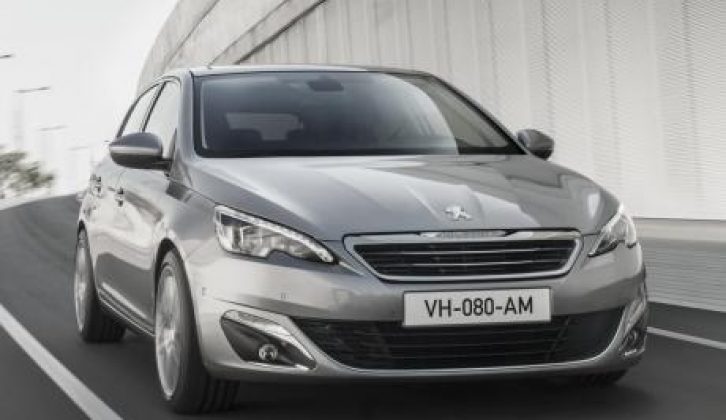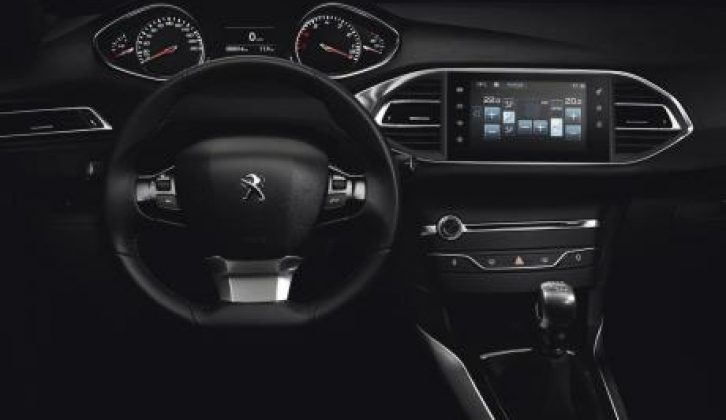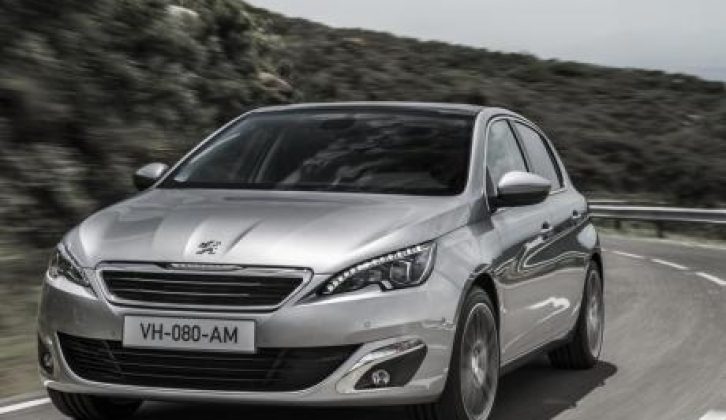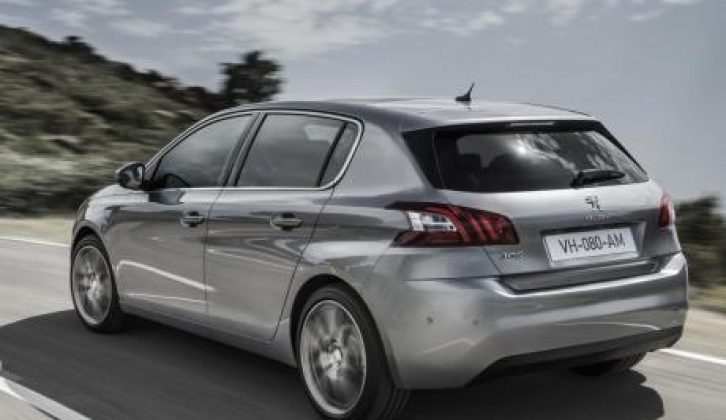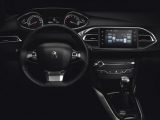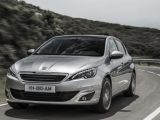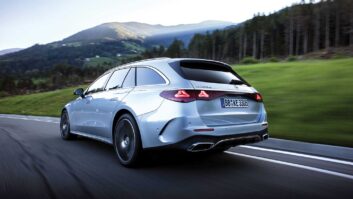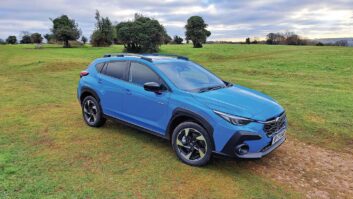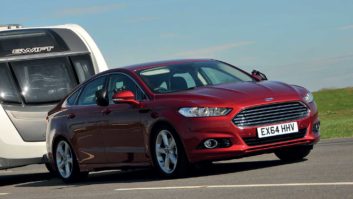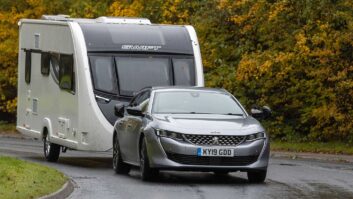[tl:gallery size=460×334]
Which means any manufacturer trying to climb up the small-hatch pecking order has its work cut out. Take Peugeot. Last year it sold
14,359 of the 308 hatchback in the UK. In the same 12 months the Ford Focus
sold 83,115 units.
Peugeot thinks its new 308, arriving in British showrooms in
January, has what it takes to move up the sales charts. It’s more efficient and
better to drive than before. Does it also have the makings of a competent small
tow car?
[tl:gallery size=460×327]
New look inside and out
Compared with the old 308, the new model is shorter and
lower. It’s a well proportioned car which looks better in the metal than in
photographs.
It’s stylish on the inside, too, with a high standard of
finish. Peugeot makes much of its efforts to improve quality, and the soft-touch
dashboard and attractive materials feel a cut above those in many rivals.
Like the 208 supermini, the 308 has an unusually small
steering wheel, and you look at the speedo and rev-counter over it rather than
through it. Drivers who like to sit low to the floor may find it obscures the
bottom of the instruments, but it’s less of an issue in the 308 than in the
208. Besides, the narrow-diameter but thick-rimmed wheel feels good to hold.
The other attention-grabbing feature is the 9.7-inch
touchscreen, which does away with just about every button bar the volume
control for the stereo. It means the dashboard is clean and uncluttered, and
with a little familiarisation it’s relatively easy to use. However, simple
tasks like changing the air-con temperature need well-aimed presses on the
screen. It’s more distracting than a simple twist of a dial.
[tl:gallery size=460×329]
On the road
While you can question the benefit of the touchscreen,
there’s no doubting the new car is a big improvement over the old out on the
road.
The centre of gravity is 20mm (almost an inch) lower than
before and the new 308 is 140kg lighter than the old car. That helps make the latest
308 more agile. On bumpy mountain roads the Peugeot handled neatly and gripped
strongly, although there’s quite a bit of roll when cornering with enthusiasm.
I drove several cars, with either 16 or 18-inch wheels. Cars
with smaller alloys definitely rode more smoothly, especially at low speeds,
but even with big wheels and low-profile tyres the 308 is far from
uncomfortable.
From launch, there will be a choice of three petrol (82, 125
and 155bhp) and two diesel (92 and 115bhp) engines.
I had the chance to drive the 125bhp petrol and both
diesels. The petrol is a highly efficient turbocharged three-cylinder, with
impressive refinement and a lively character. The lower powered diesel posts
some exceptional economy and emissions figures (78.4mpg when fitted with
low-rolling resistance tyres), but is hampered by a vague and clunky five-speed
gearbox.
For now, the 115bhp diesel with its six-speed ‘box looks
like the best choice for anyone planning to tow. It’s smooth, pulls cleanly
from low revs, and is impressively quiet. With 199lb ft of torque there’s
enough muscle for towing a lightweight tourer.
However, the weight loss which contributes to an official
combined economy figure of 76.3mpg also means the 308 is only suitable for a
handful of tourers if you take a cautious approach to outfit matching. Peugeot
quotes a kerbweight of 1160kg, which rises to 1235kg if you include 75kg for
the driver. Using the higher weight gives an 85% match figure, as usually
recommended for safe and stable towing, of 1050kg. Even an experienced
caravanner happy to tow up to 100% of the kerbweight will need a very small,
light van, although the legal towing limit is 1775kg.
It could be worth waiting for the 2.0-litre BlueHDi 150bhp
engine, one of a new generation of super-clean engines which will join the
range from April. I drove a 308 this engine briefly, and its extra muscle was
immediately apparent. The kerbweight hasn’t been published yet, but although it
should be a few kilos heavier than the 115 it will still be a very light car.
[tl:gallery size=460×286]
Big on boot space, small for passengers
Given a kerbweight which means the 308 is best suited to
lightweight two-berths, it seems appropriate that the interior seems designed
for couples rather than families. Although there’s plenty of space up front,
rear-seat passengers don’t get much legroom. On cars fitted with a full-length
sunroof, headroom is also tight. Peugeot argues its target market won’t mind,
since the car is aimed at buyers yet to have children or whose kids have left
home.
Although the rear of the cabin is a bit cramped, the boot is
anything but. There’s 470 litres of space if you include the 35 litres of under-floor
storage. Fold the rear seats down and that rises to 1309 litres, although there
is a step in the boot floor.
Equipment levels and prices won’t be confirmed until much
closer the 308’s UK on sale date, but expect four trim levels (Access, Active,
Allure and Feline). All cars will have six airbags, with high-tech safety aids
such automatic braking to prevent a collision standard on range-topping models
and optional on others. Peugeot predicts a five-star rating from safety
experts, Euro NCAP.
So, the new 308 is distinctive, drives well and promises
exceptional economy. Is that enough to win over more spoiled-for-choice
hatchback buyers? Probably. But as a tow car, low kerbweights mean the 308 will
only appeal to drivers with a very light caravan to pull.
